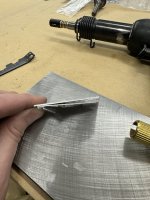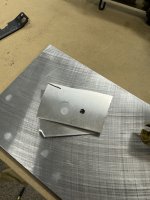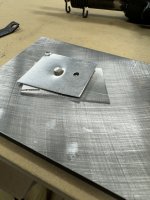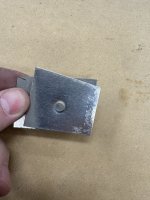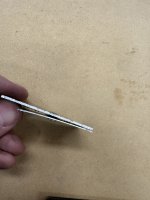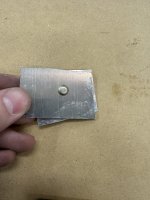I am new to solid rivets. I am riveting a .040 part to a .025 part that are pre-drilled #20. I used some scrap and countersunk and back riveted them and the thinner .025 part seems to be buckling. I know my technique is not perfect but I've made a few attempts and none look great.
Is .025 just too small for this size rivet or am I doing something wrong here? I do have dimple dies, maybe I should have dimpled the thinner material (or both)?
Is .025 just too small for this size rivet or am I doing something wrong here? I do have dimple dies, maybe I should have dimpled the thinner material (or both)?
Attachments
Last edited:



